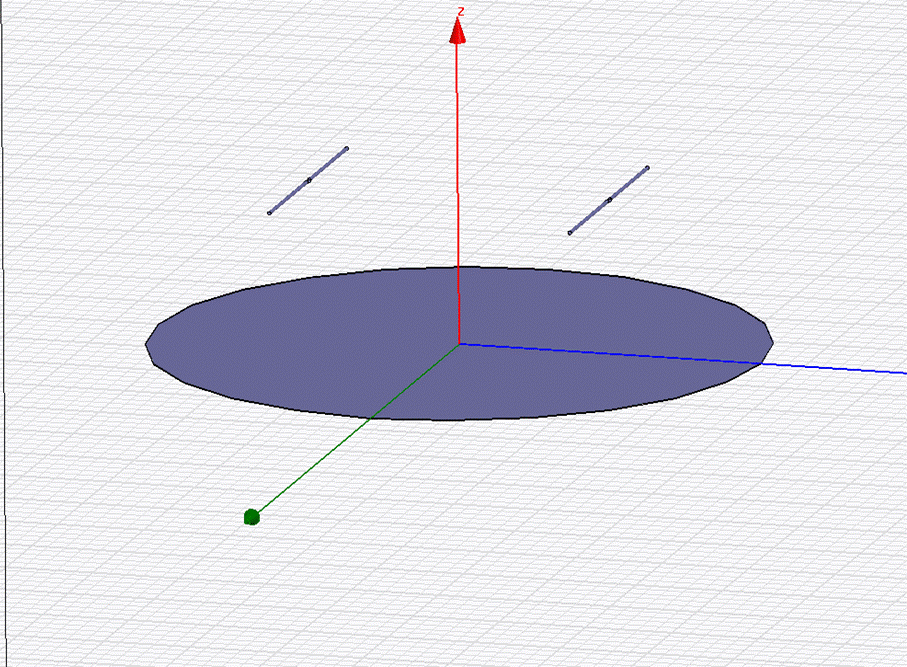
SM6FHZ 432 MHz Dual Dipole Feed with baffle

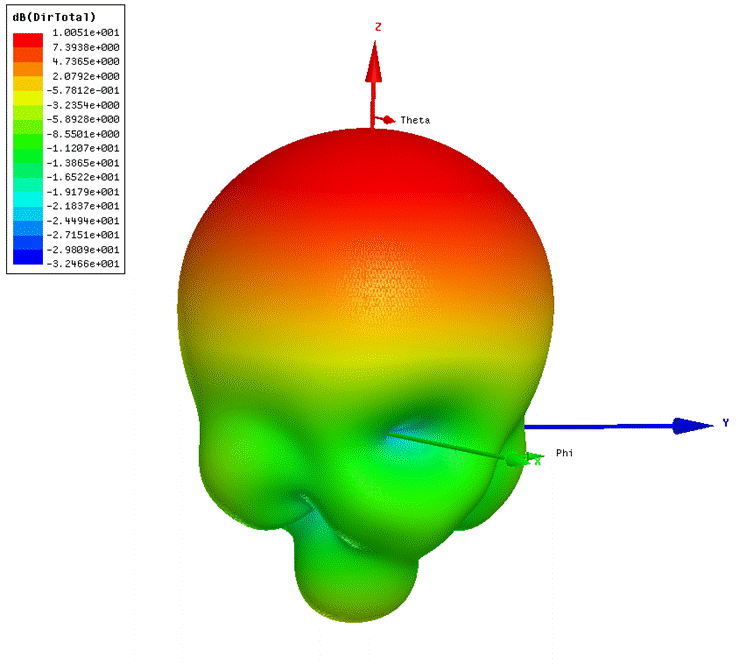
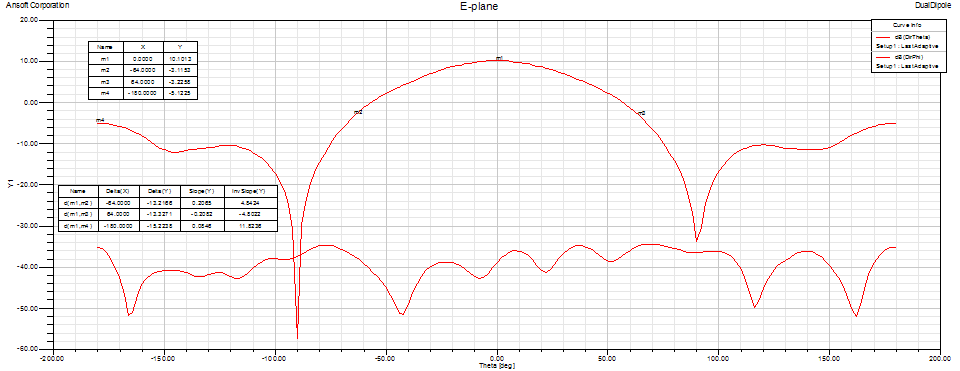
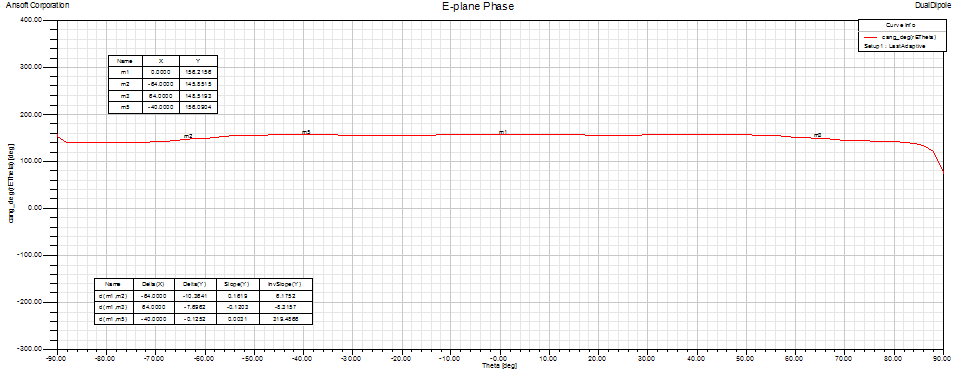
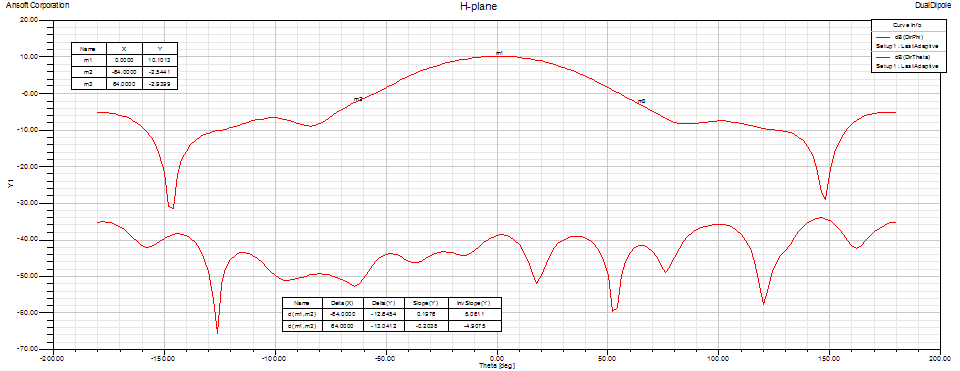
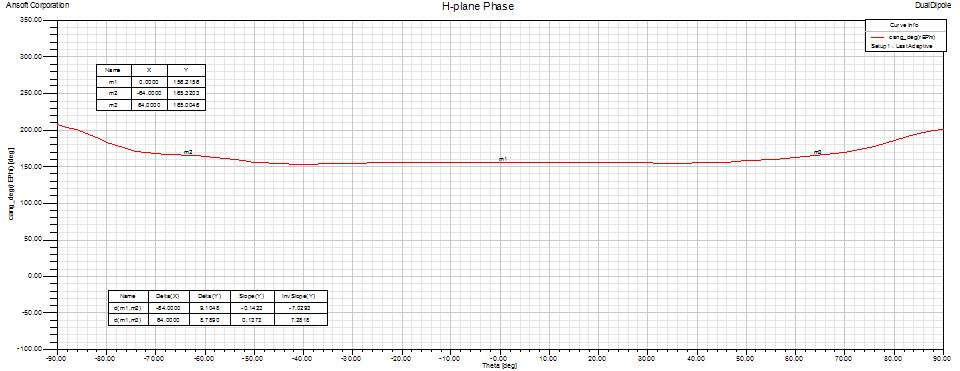

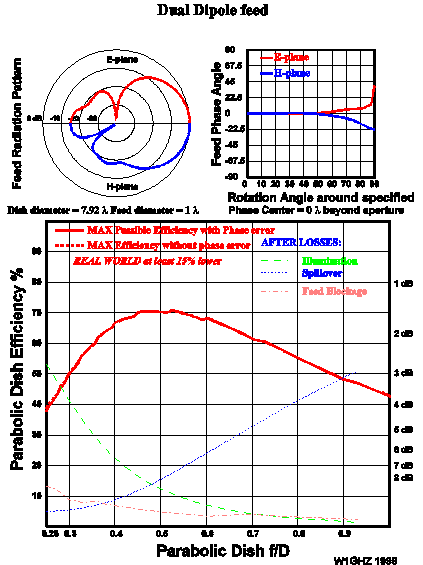
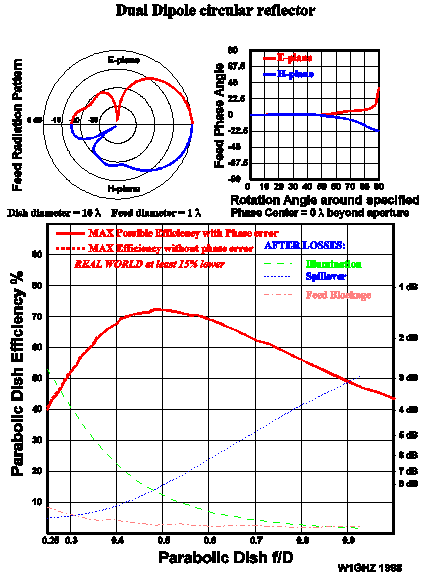
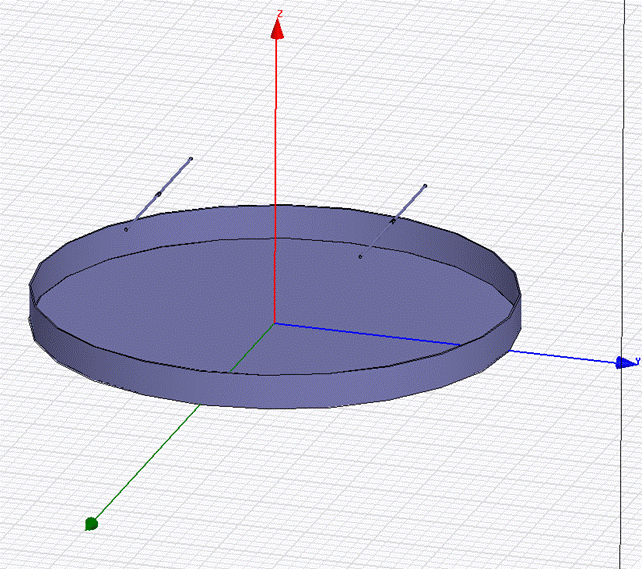

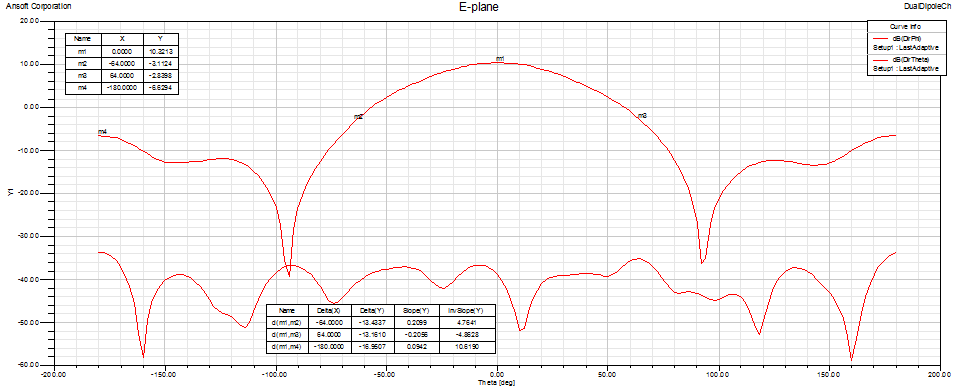
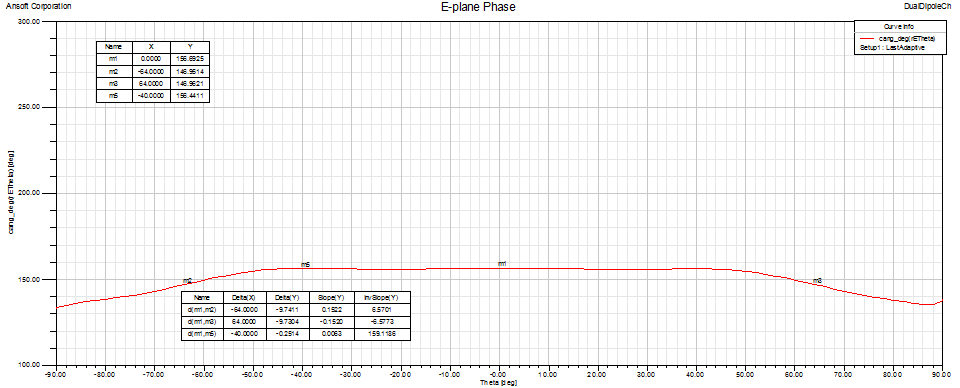
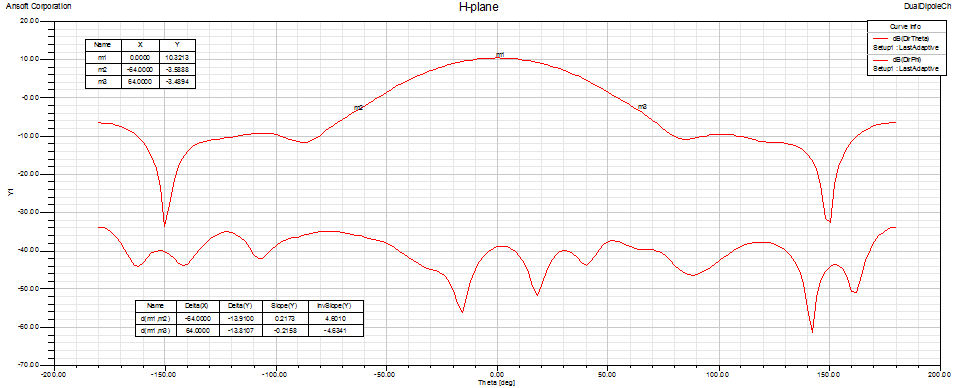
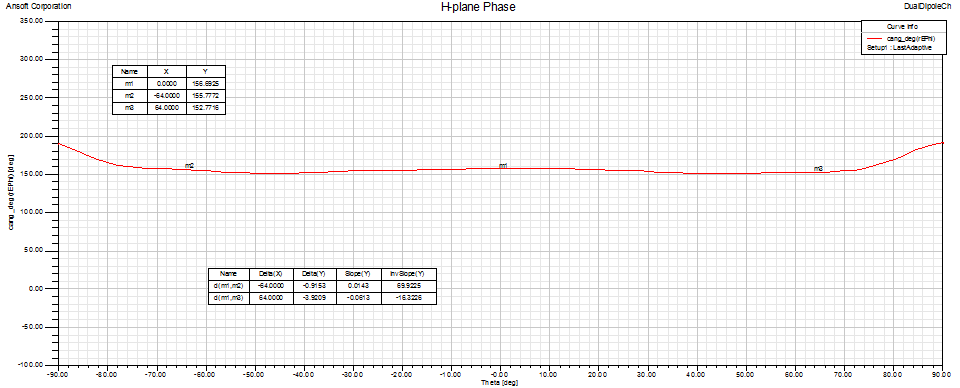
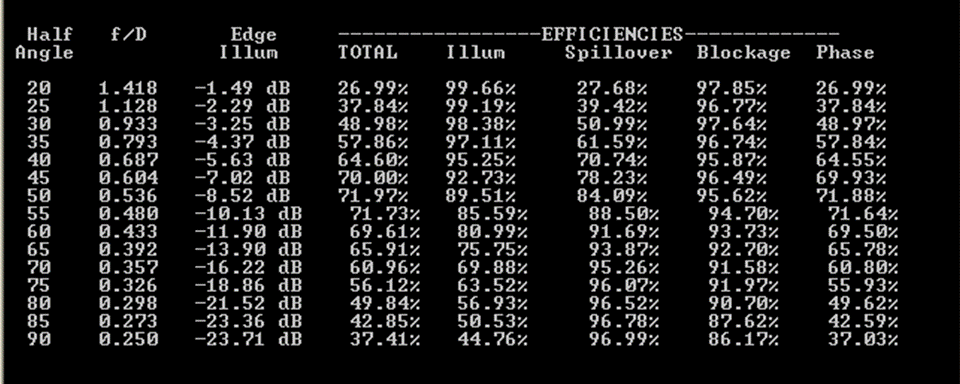
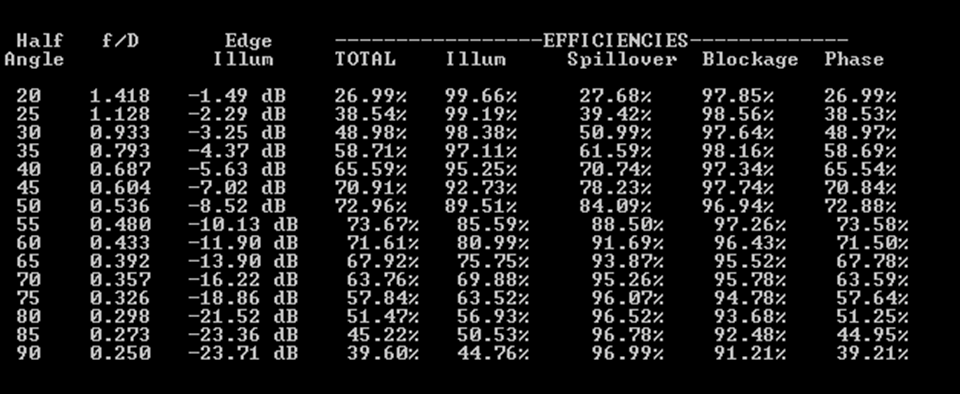



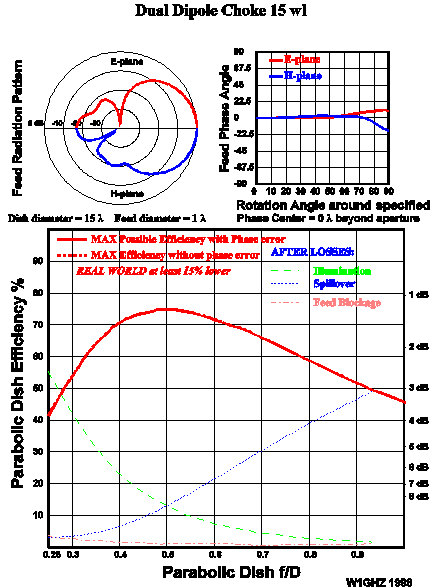
| Feed type | Level at +/- 64 deg (E-plane) [dB] | Level at +/- 64 deg (H-plane) [dB] | Directivity [dBi] | FBR [dB] | Efficiency, max [%] | Spillover, at max eff [%] | Spillover, at max eff [K] | Efficiency at 0.433 [%] | Spillover, at 0.433 [%] | Spillover, at 0.433 [K] | Phase center [mm] | Comments |
| Dual Dipole feed | -13.0/-13.2 | -12.8/-12.9 | 10 | 14.9 | 72.3 / 0.48 | 13.8 | 29 | 70.5 | 10.6 | 23 | +85 | |
| SM6FHZ Dual Dipole with choke | -13.2 / -13.4 | -13.8/-14.0 | 10.3 | 17.9 | 73.7 / 0.48 | 11.5 | 25 | 71.6 | 8.3 | 17 | +85 |


Updated May 31st, 2011. © Ingolf Larsson, SM6FHZ, May, 2011 http://www.2ingandlin.se/SM6FHZ.htm